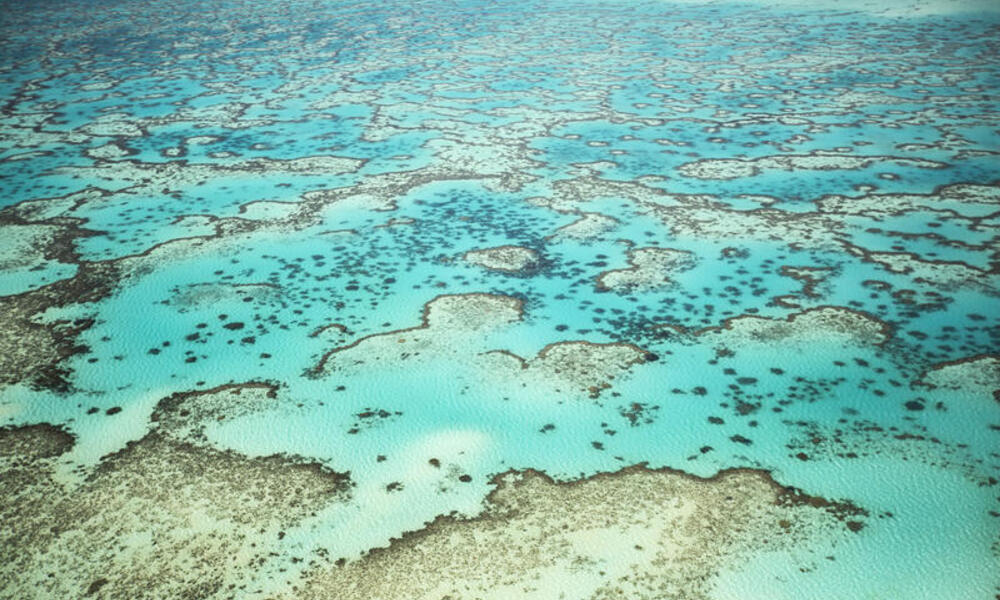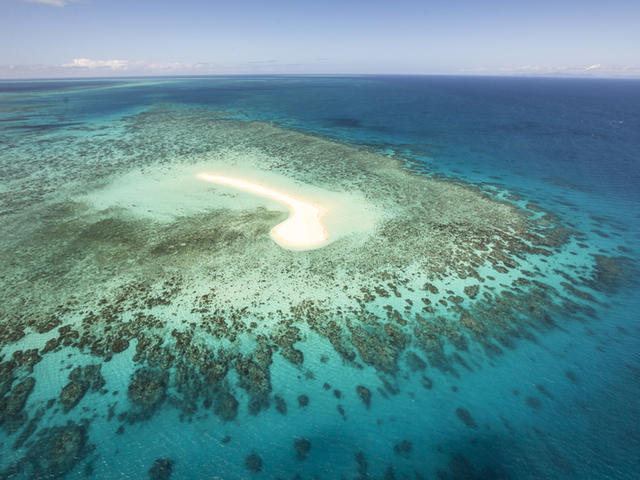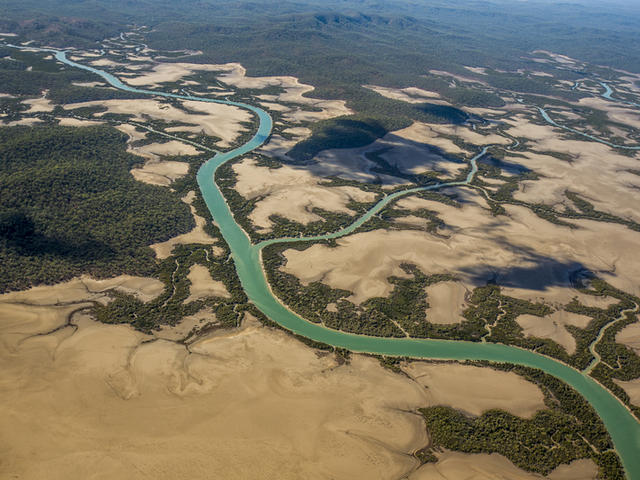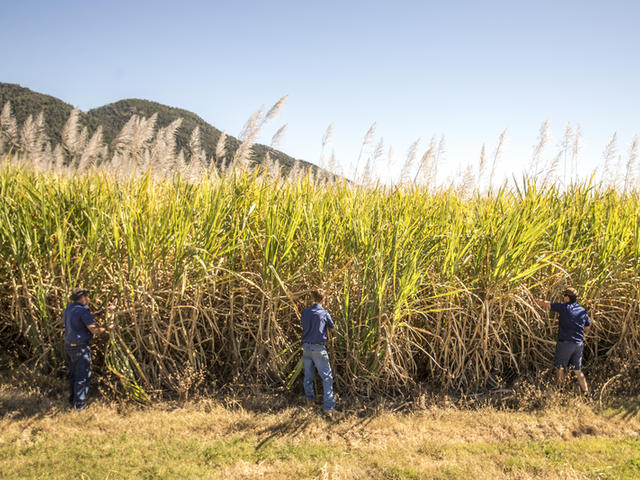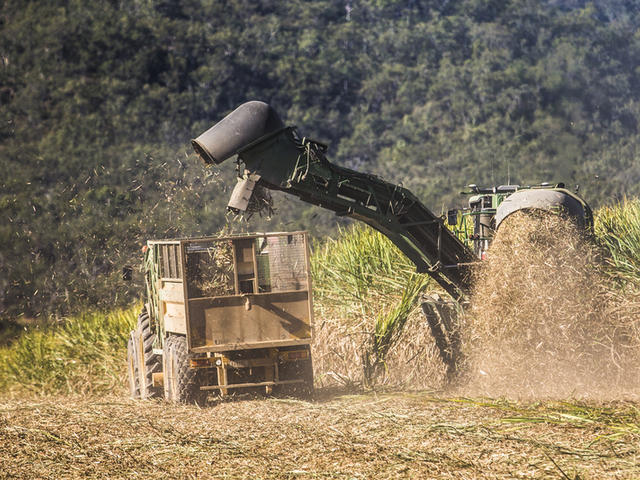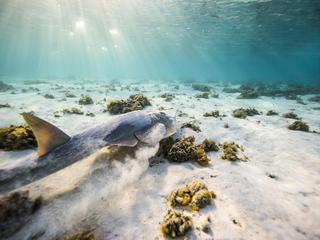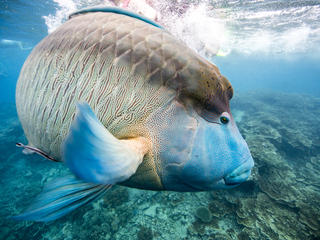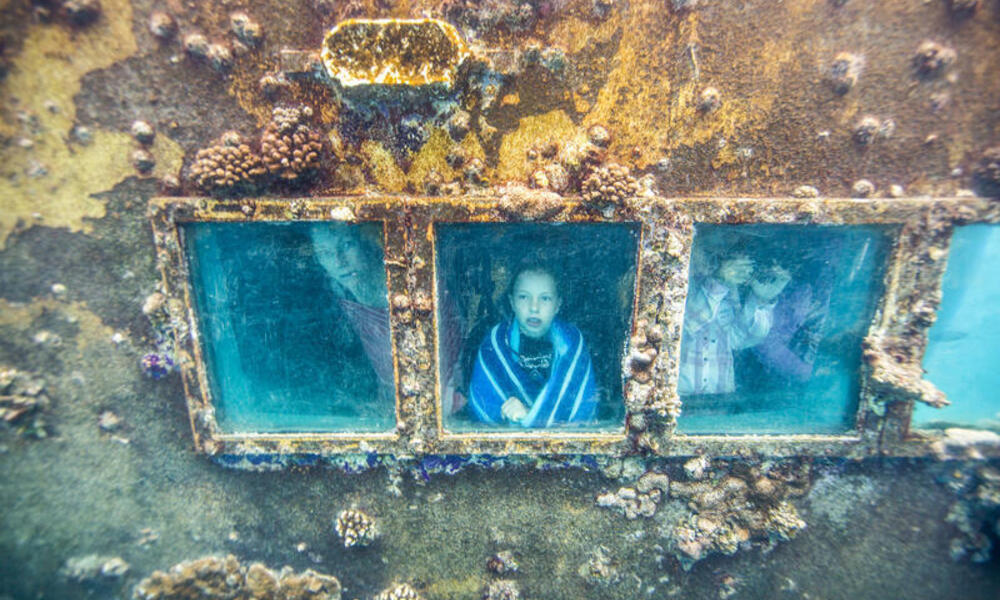Increased nitrogen in the water is not good for the reef. Among other things, it has catalyzed the spawning cycles of Crown of Thorns Starfish (COTS). Traditionally COTS would spawn on the north of the reef, around Cairns, once every 20 years or so. But recent years have seen a dramatic increase in the number of these starfish, whose primary food source is coral. The reef is taking a beating. Boats are now patrolling the reef specifically tasked with eradicating them using a toxic injection, but this painstaking strategy can only address a small percent of the starfish outbreaks.
UNESCO’s concerns are now also focused on the issue of industrial development along the reef. Queensland has large deposits of coal. With developed markets slowly turning their backs on dirty energy, there’s huge momentum to dig it up and ship it out as fast as possible before falling prices make it no longer viable. To do this requires unprecedented dredging, both to expand existing coal ports and create new ones, many inside the Great Barrier Reef World Heritage Site.
Dredging is problematic for a few reasons. First, it digs up seagrass meadows, removing valuable grazing areas for dugongs and turtles; second, it can create a toxic soup of heavy metals that can threaten the health of marine life. And third, the dredge spoils are then dumped back into the water and can travel for miles up the coast clogging coral polyps and smothering entire reef systems.
Agriculture, however, has taken huge strides in both accepting its responsibility for deteriorating water quality and in trying to do something about it. Project Catalyst is one example where farmers like Gerry Deguara (pictured), government agencies, the Coca-Cola Foundation and WWF have been working together to develop new farming methods that limit the run-off from farms in order to protect the reef. The added benefit is increased farm productivity. This makes both good ecological sense for the reef and good business sense for Deguara and many others like him.
